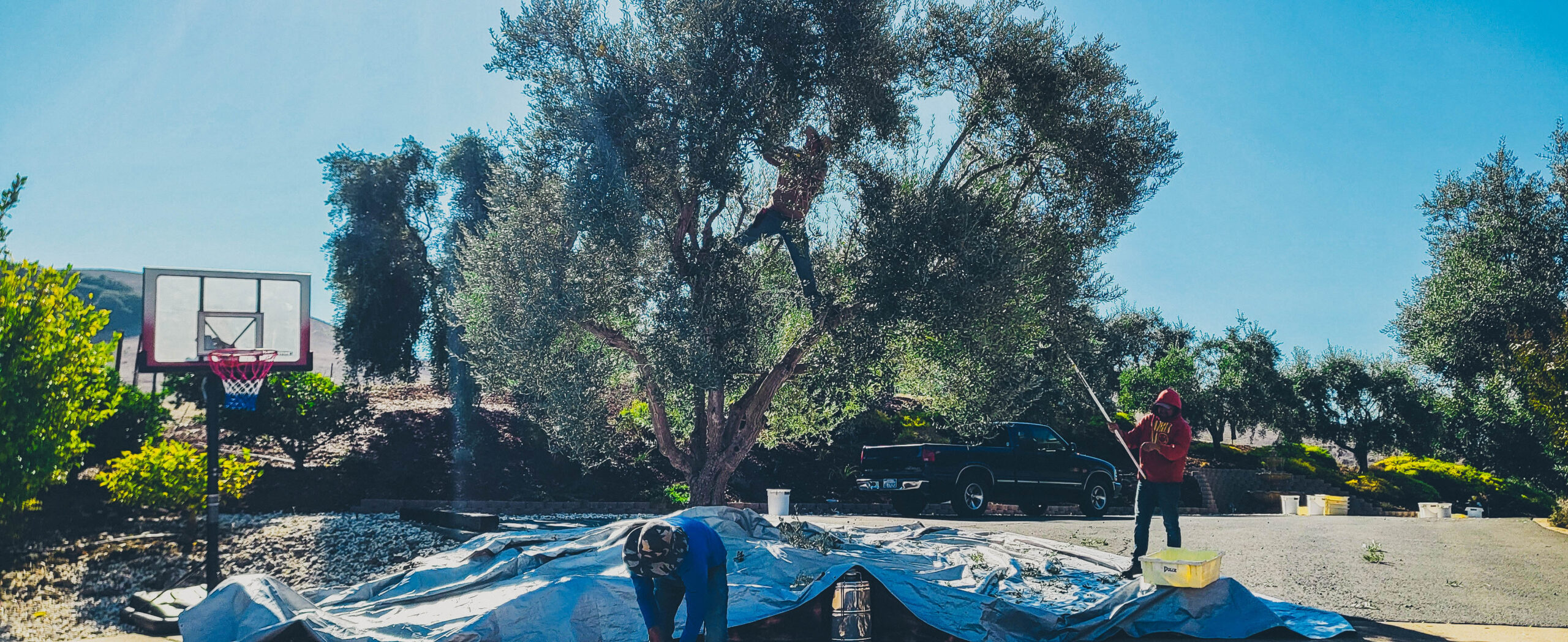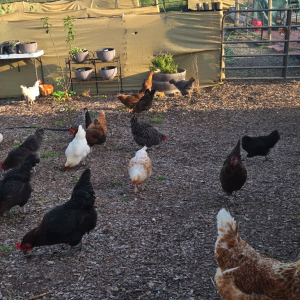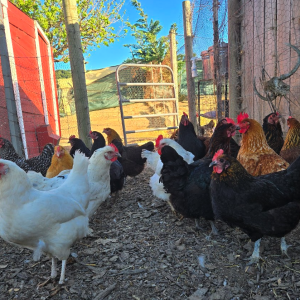When planting olive trees, most farmers use cuttings rather than seeds—and there’s a good reason for this. Olives, like many fruit trees, are generally cross-pollinated or have a certain degree of genetic diversity each season. This means that if you were to plant an olive tree from seed, it would likely carry the genetic traits of two different parent trees. The result? The seed-grown tree could be a completely different varietal than its parent, with distinct characteristics that may not match what you’re hoping for in terms of fruit or oil quality.
The Power of Cloning via Cuttings
By propagating olive trees from cuttings, you’re essentially creating a clone of the parent tree. This guarantees that the new tree will have the exact same genetic makeup, ensuring consistency in the fruit it produces. For example, if you want the specific characteristics of a Koroneiki or Arbequina tree, growing from a cutting ensures that you’ll get those exact traits without surprises.
The Mystery of the Mission Olive
One fascinating story in the world of olive trees is the American Mission varietal. The Mission olive’s origins are somewhat of a mystery. It’s widely believed that early European settlers brought the olive tree to the United States in the 18th century, and the Mission tree was likely propagated from seed at some point. The exact parentage of the Mission olive is unknown, but it’s thought to be a mix of European varietals, which means its genetic background is a bit of a mystery. Over time, the Mission olive adapted to the California climate and became widely planted, especially in the early days of American olive cultivation.
Why It Matters
Using cuttings to propagate olive trees is a technique that ensures genetic consistency and preserves the distinct qualities of a varietal. It’s a practice that goes hand-in-hand with the pursuit of high-quality olive oil and ensures that the characteristics of your olives—flavor, yield, and disease resistance—are predictable and reliable.













